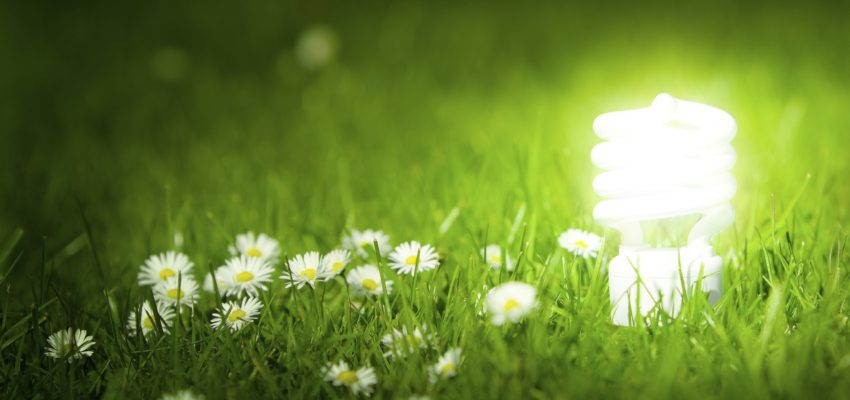A third of the world’s population can no longer see the Milky Way. The night skies are a very different sight to the one our ancestors would have seen many years ago and this is largely down to light pollution. In the US alone, wasted lighting releases 38 million tons of carbon dioxide into the atmosphere annually, with 1.2 million tons of this coming from unshielded outdoor lights.

Let’s remember that light is incredible and has become necessary to the way we live. Outdoor lighting alone has opened up a world of opportunities for us. More light on the streets has provided safer environments and means that life doesn’t have to stop after dark, with sports games and recreational activities able to go on into the night. But a lot of this outdoor lighting is inefficient, overly bright, poorly targeted and improperly shielded, resulting in huge amounts of it wasted light turning into skyglow – scattered light particles suspended in the atmosphere.
Not only does this create and increase light pollution, but it’s also sending our wildlife into a spin. Our lack of complete darkness in many urban areas and our lighter skies can be confusing for nature’s vital processes. The issue is threatening crop pollination, reducing the pollinating activity of nocturnal insects such as moths as they become easily distracted by bright lights. Trees in more artificially lit areas are bursting their buds up to a week earlier than those in areas without lighting.
It’s also dramatically altering the behavior of birds as they are attracted to lights, with many of them colliding with illuminated buildings and windows, seabirds becoming stranded as they become drawn to light sources and more commonly, it’s disrupting their flight behavior when migrating.
So what we can do? LEDs are the most suitable lighting for the outdoors so making this switch with street lights, signs and such alike is a positive start. They are by no means a solution for light pollution, but with four times less environmental impact than incandescent or halogen lighting, their energy-saving and efficient qualities make them the safest option. However, the way people are using LEDs could actually be contributing to the issue of light pollution. They are now gradually replacing conventional street lights around the world, but as they are cheaper and more energy efficient, people are sadly using them to higher degrees. For example, where a stadium may have had a certain number of incandescent outdoor lights, after switching to LED they may decide to increase this number and indulge in more lighting as it may still work out cheaper than before.
UK LED lighting provider INUI are strong believers of not unnecessarily illuminating areas that do not need it. It’s about getting the right shielded light directly in the target areas and only at times when it is truly needed. We don’t need nearly as much light as we’re using. Our eyes have a good natural capacity in low light situations when adapted which, with such accessible light, we never really get the chance to experience. Bright days and dark nights are a vital part of maintaining a healthy hormone production for nature and mankind so for this reason amongst many more, darkness is a natural and necessary part of the way we work. All of INUI’s lights, including outdoor, are strictly compliant with energy saving standards. By meeting this certification, INUI and those who make the smart move to LEDs are helping to make the world a cleaner place for our night skies and you can see the proof in numbers using INUI’s LED lighting calculator. Let’s say for example that a small street contains 12 street lamps, all at 80 wattage. Based on a typical £0.1 kilowatt per hour, the existing electricity consumption of this street would stand at 8.832 kWh, leaving the running costs per year at £322.37.
By switching to LED lighting, the street’s new electricity consumption, (based on a 60% reduction over the current lighting installation wattage required for street lighting use), would be 3.53 kWh, with running costs more than halved at a much lower £128.95 with CO2 emissions savings left at 831.71 (based on a conversation factor of 0.43kgCO2/kWh). You can be a part of this positive movement if you think twice about the way in which you light outdoor areas. Keep lighting shielded from the sky, target your area as precisely as possible and switch to LED bulbs to maximize efficiency.
*This is a sponsored post




